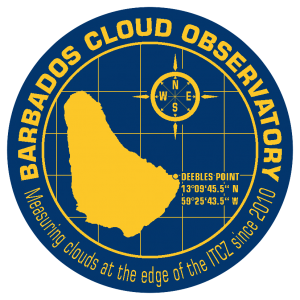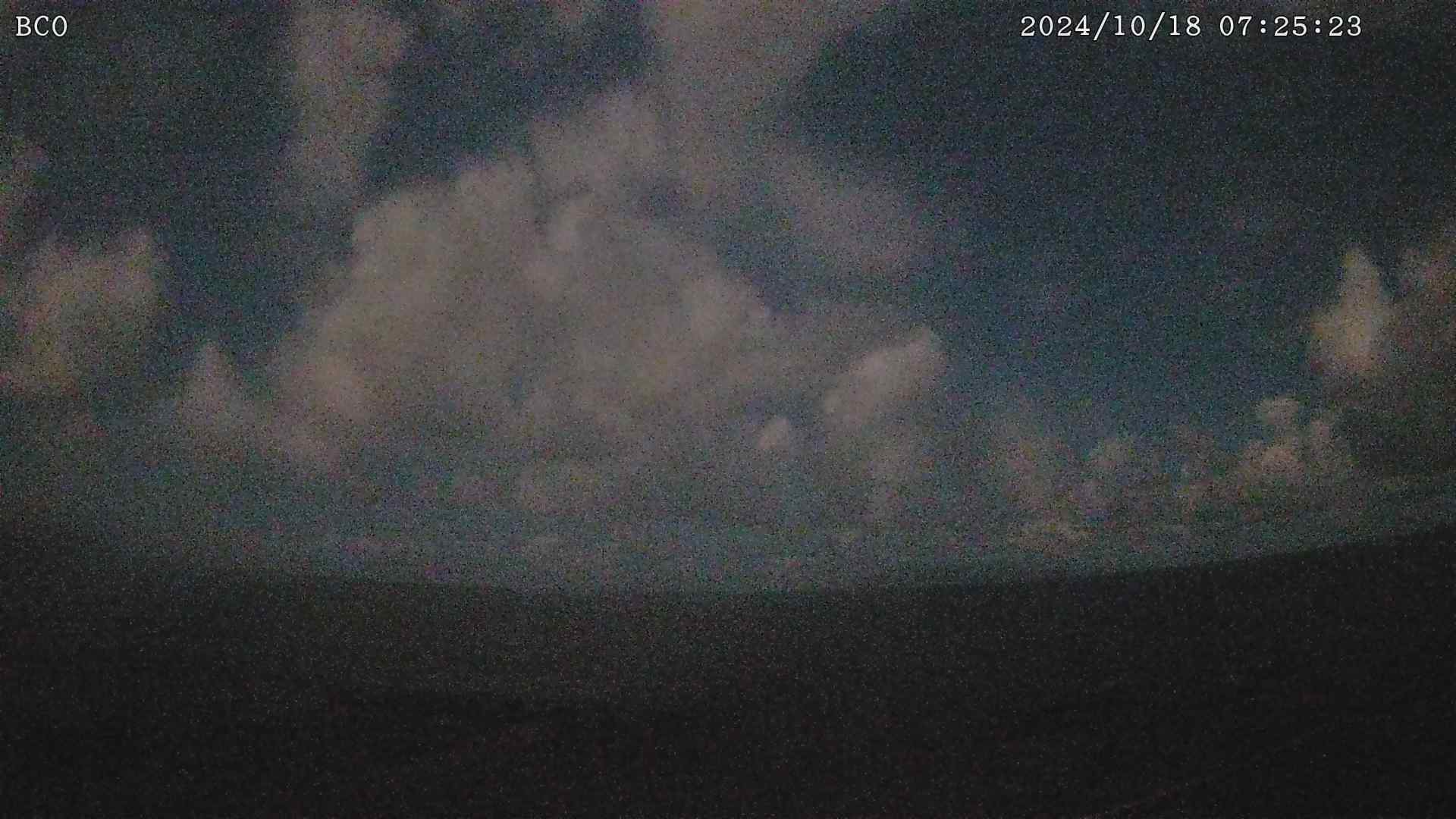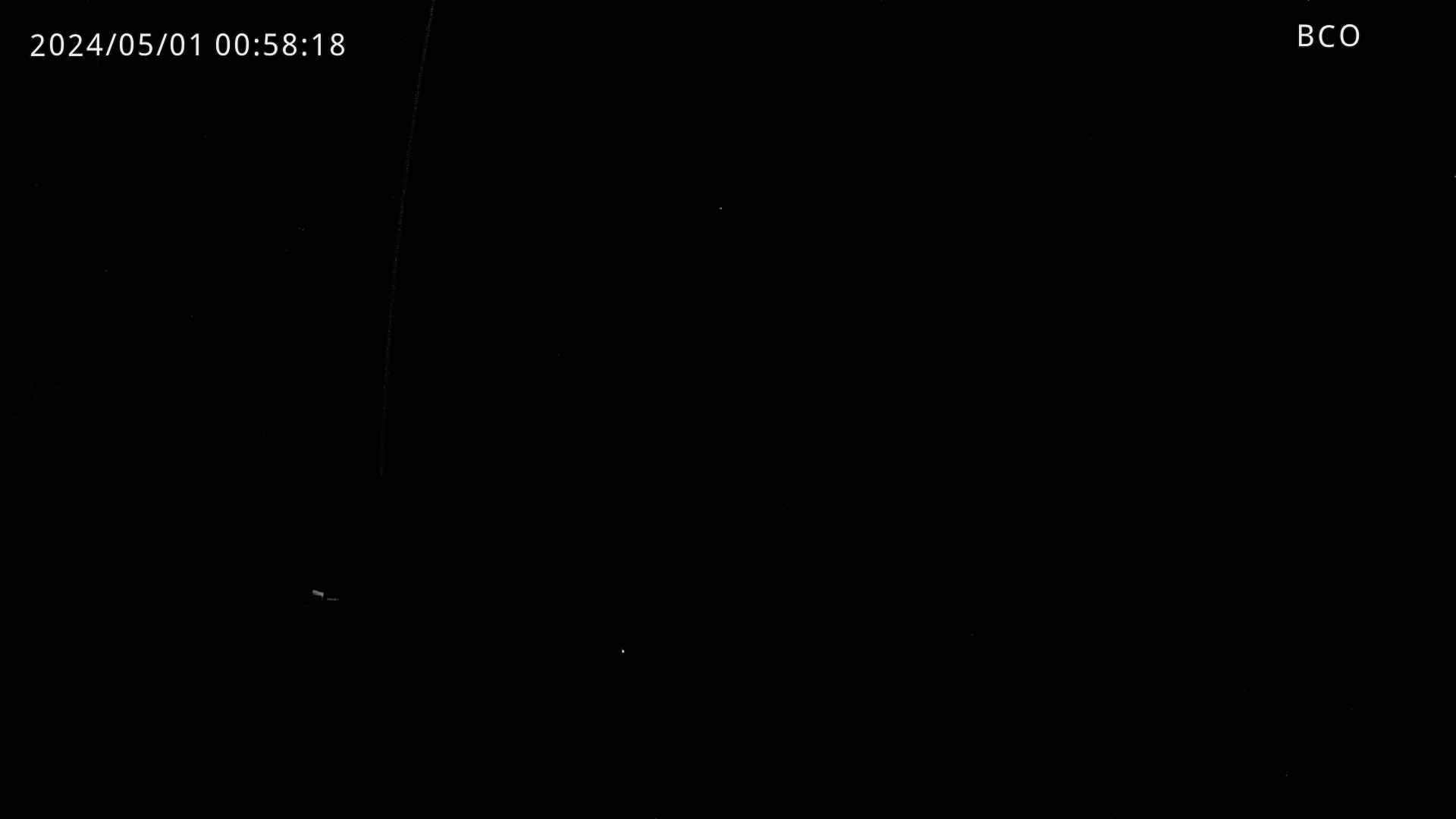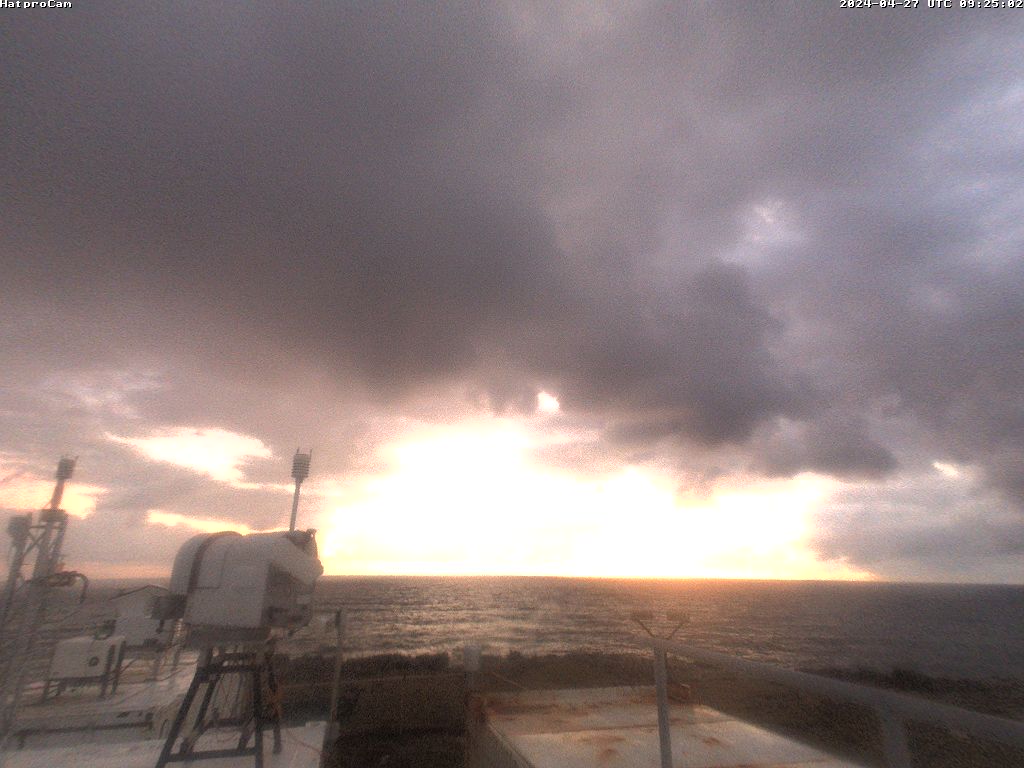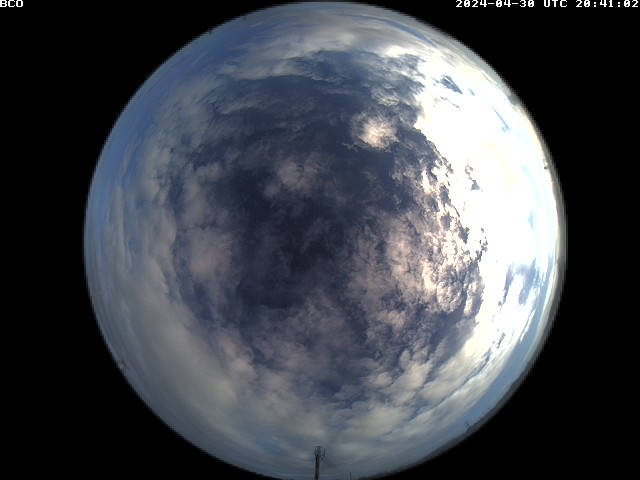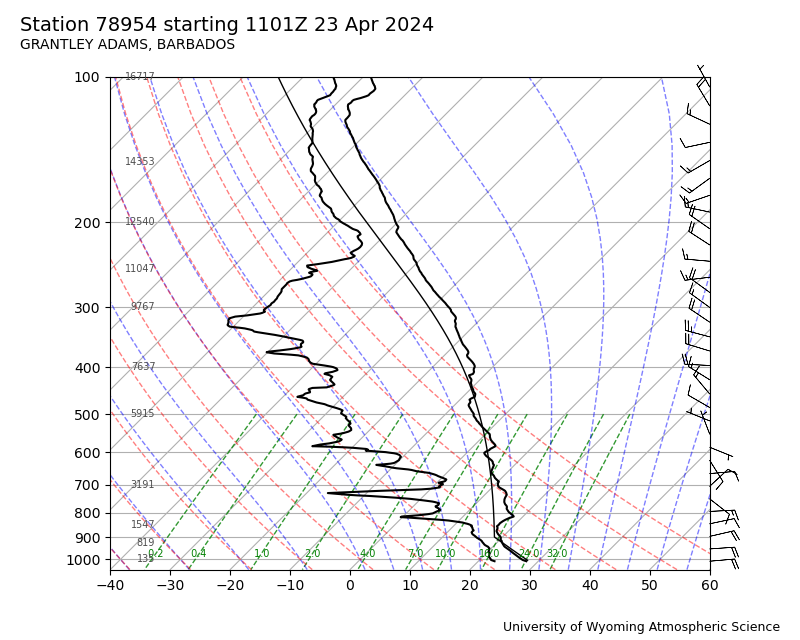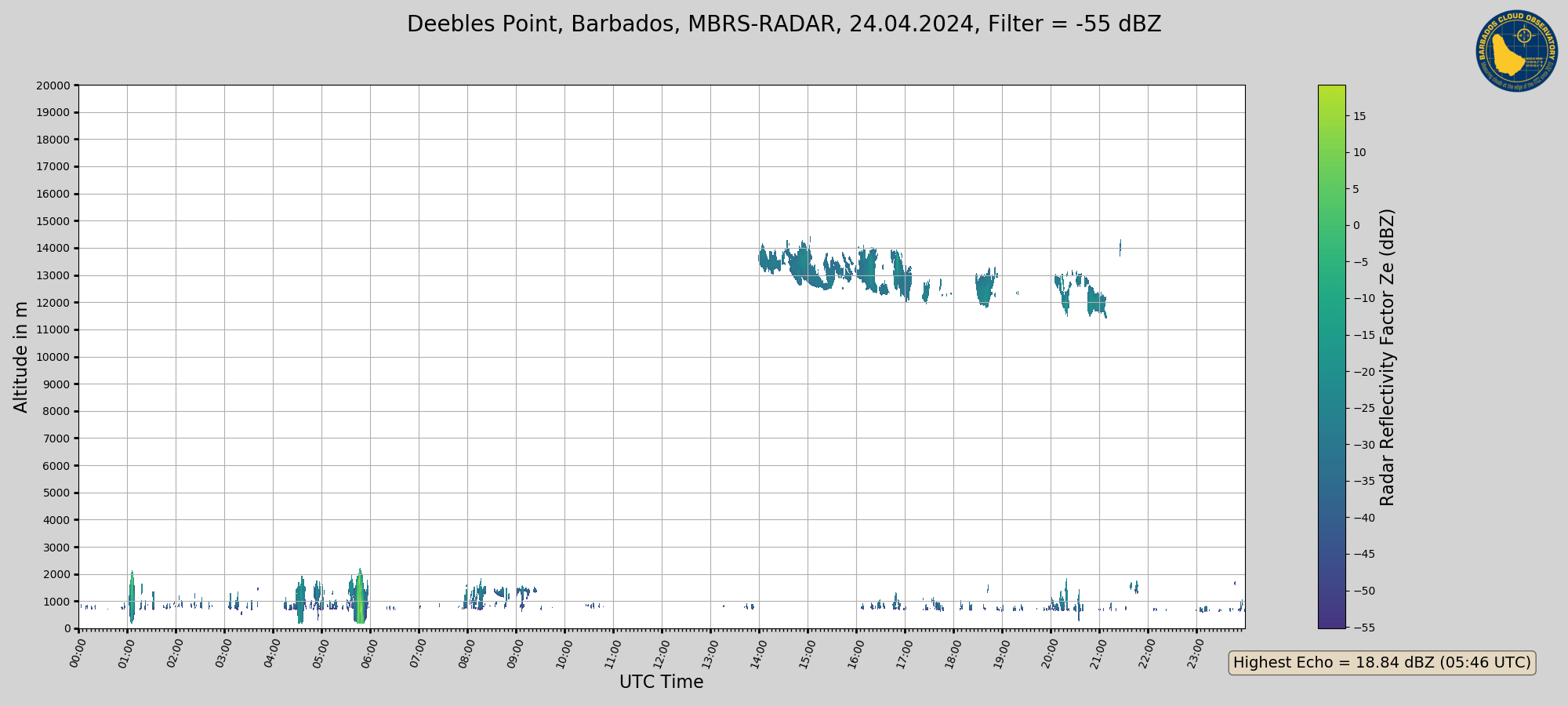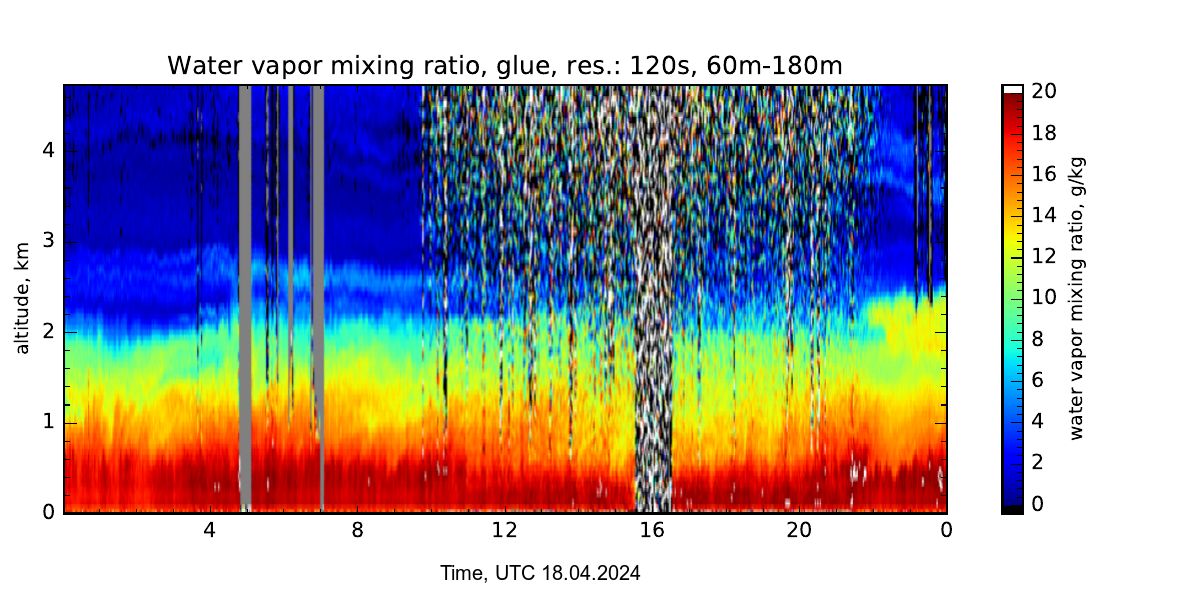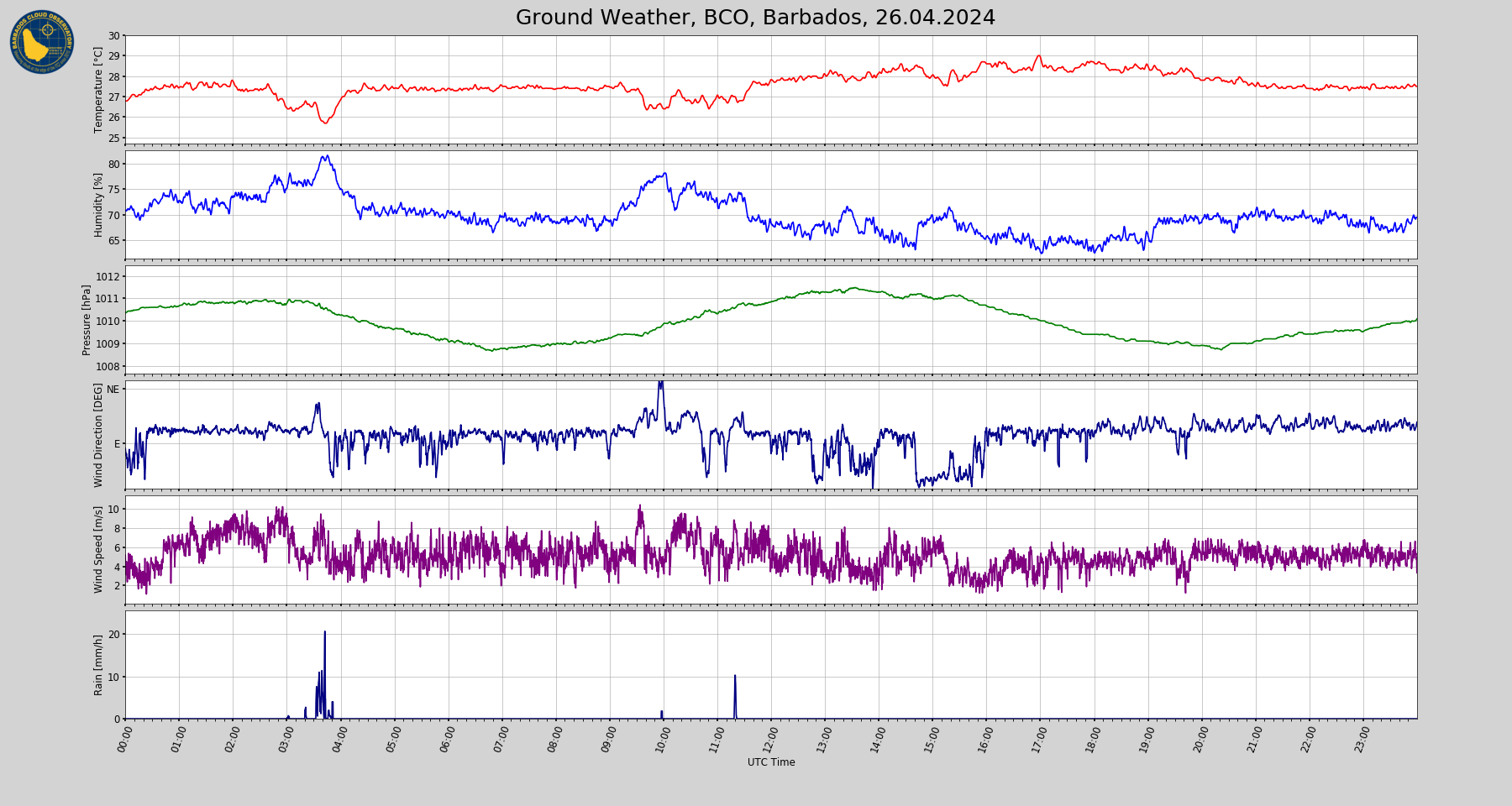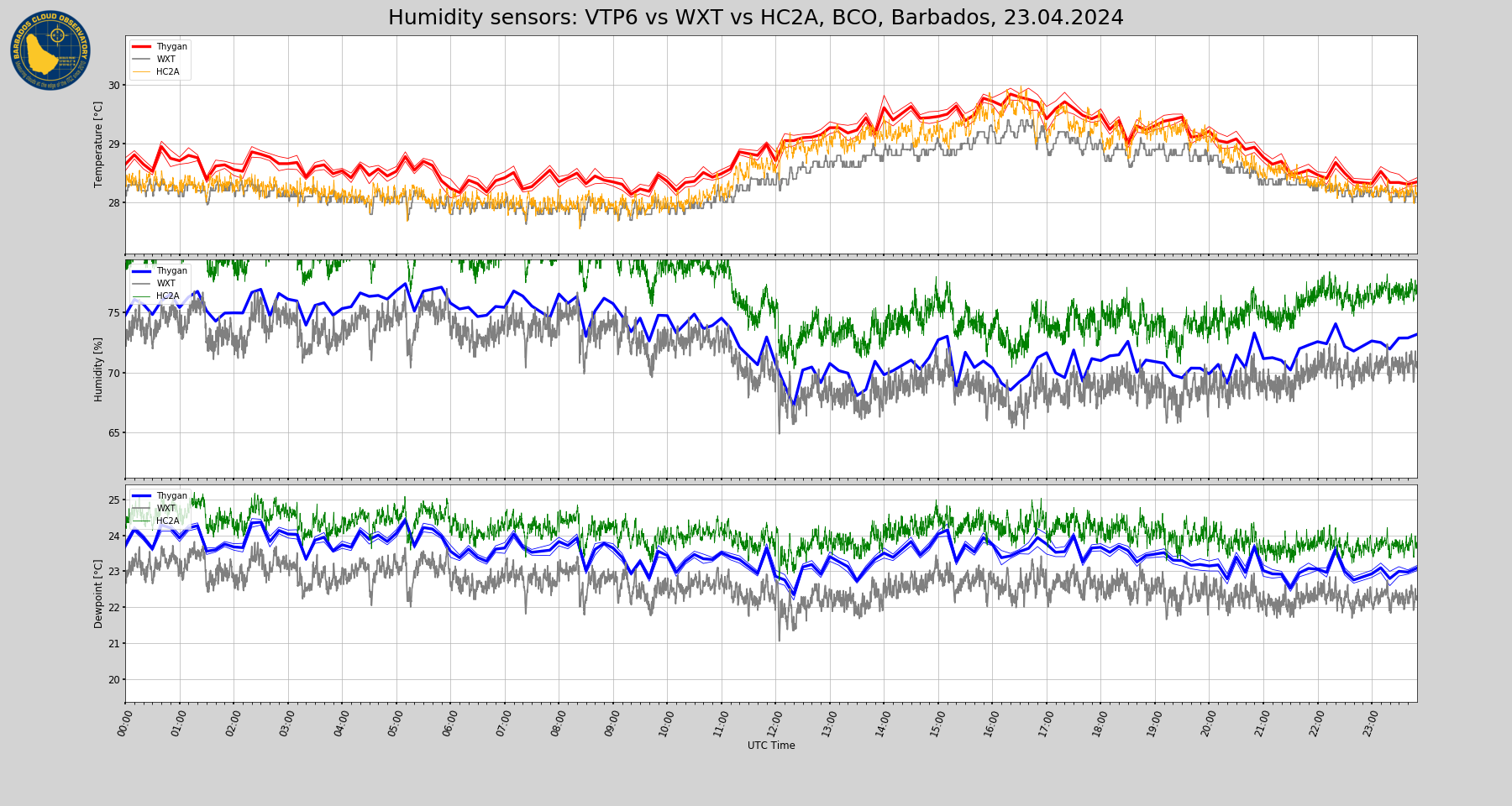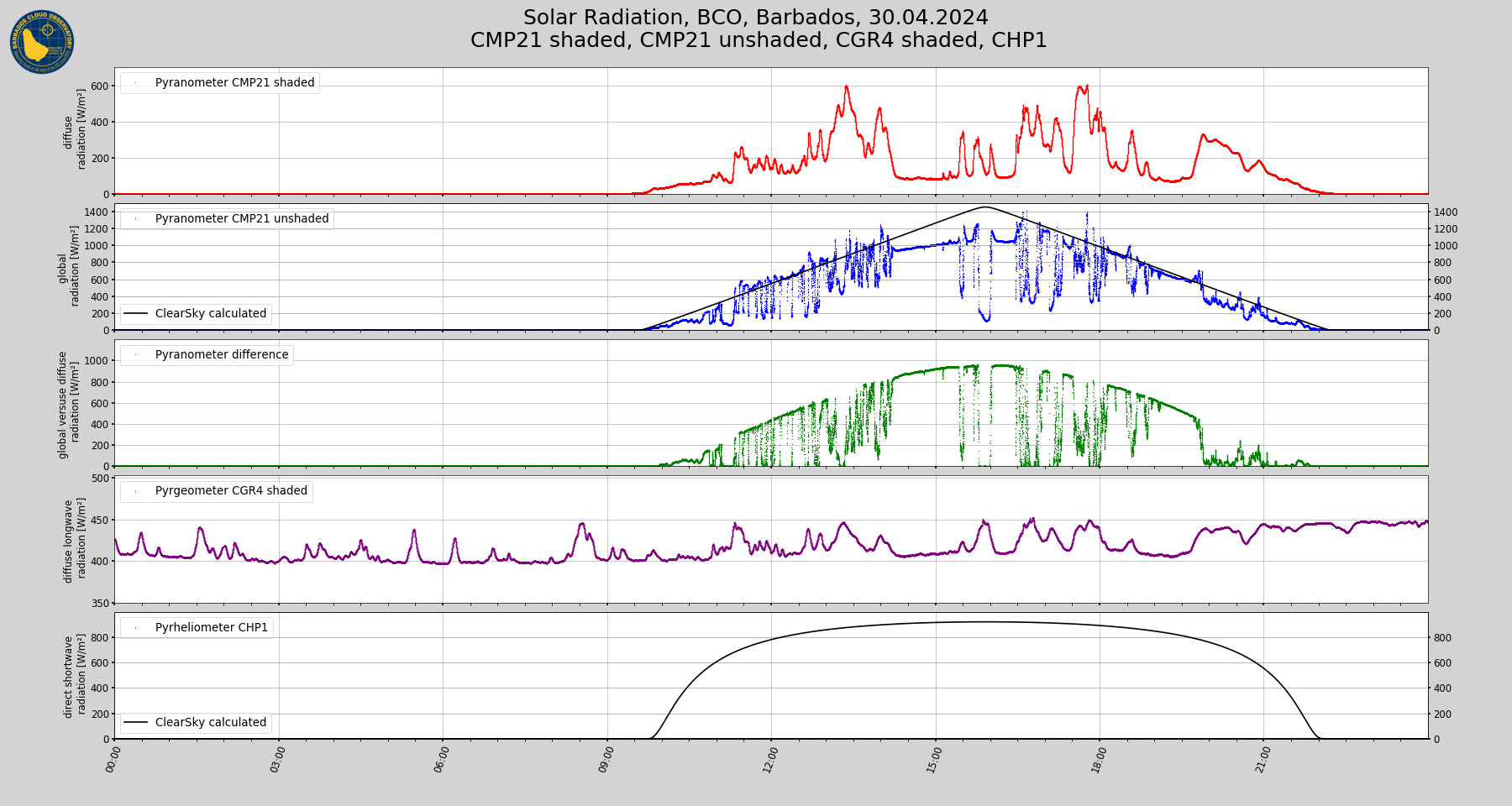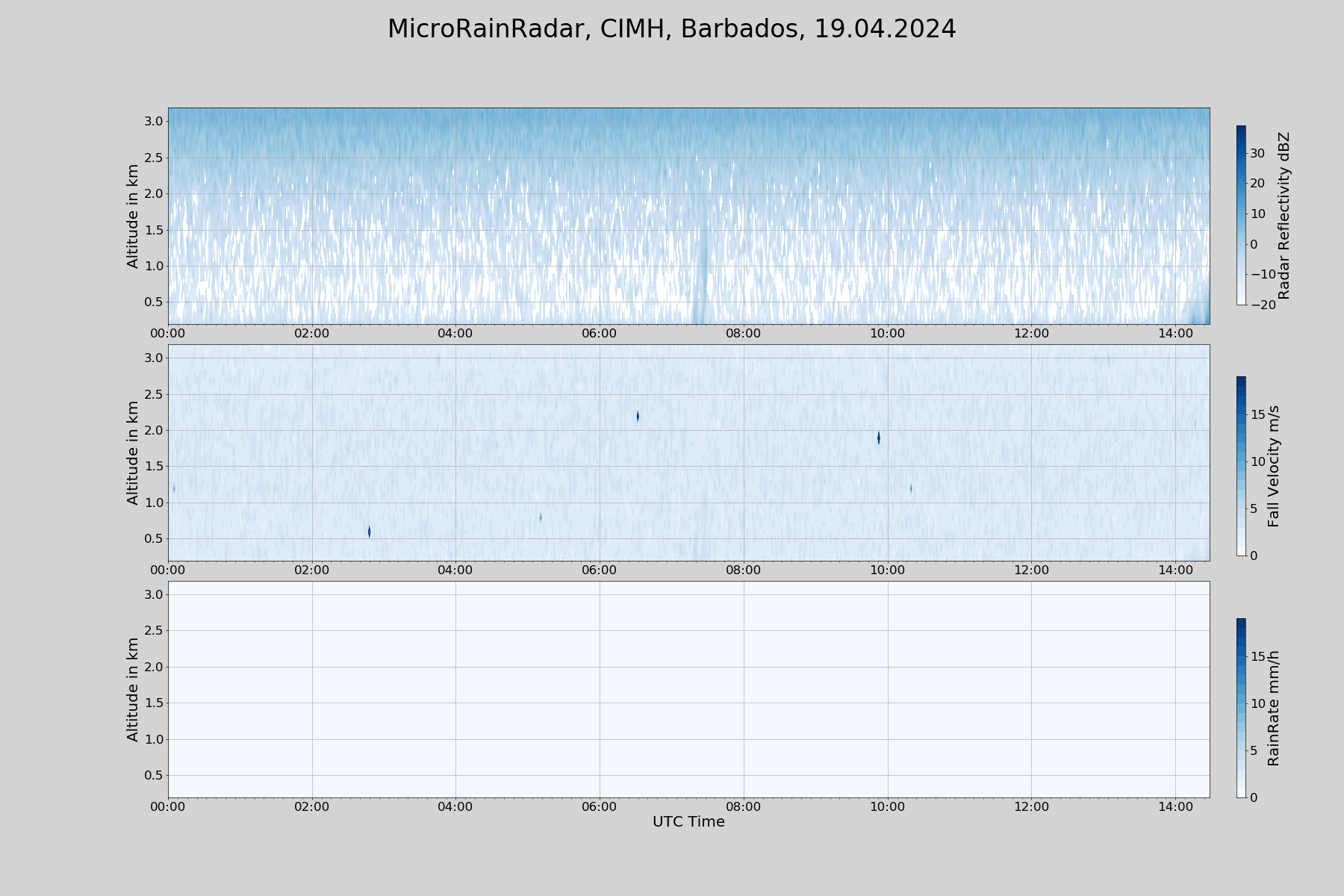Yesterdays post might have been a bit misleading. It depicted one of our colleagues from the University of Cologne who had just installed their radiometer successfully.
For the MPI crew the situation is different:
KATRIN is running and has continually scanned last night. Today we started the intercomparison with the KIT radar. The two radars seem to be able to run side by side without disturbing each other.
Sadly, up to now we were only able to record one hour of simultaneous measurements as we encountered a severe problem with the radar’s ac.
Condensate had found it’s way into the controls of the ac’s fan. That lead to a slow decrease in ac power and the radar slowly heated up and had to be shut down. A solution is established and we hope that it proves valuable during the night.
For the DIAL the decision had to be made that we will not be able to get it up and running during this stay here on the island. The resonator does not cooperate and has to be readjusted with additional tools from the lab in Hamburg. As we need to prepare the return of the KIT radar in January anyway this work can be carried out then.
So bad news for the DIAL and keep your fingers crossed for the ac of the radar.
Also here are some first and very preliminary plots that should only give a first impression of the MPI radar and the comparison with the KIT radar.
Plots of SNR, LDR and V of a scanning pattern with 5°, 12°, 22° and 45° elavation:
Plots of SNR and LDR from KATRIN running in vertical mode. It shows one of the not so satisfying features of this radar. We seem to have to fight with a lot of clutter, esp. when pointing vertically. But, please keep in mind that these plot are quite raw and we are working on an improved clutter removal algorithm.
Finally two plot of the KIT and the MPI radar running simultaneously pointing vertical. These plots cannot be used for a quantitative comparison as the algorithms on the two radars have to be check for being identical. In the meantime we record spectra so everything can be post processed. (The features on top of the clouds in the MPIradar plots very likely are clutter features, too.)








